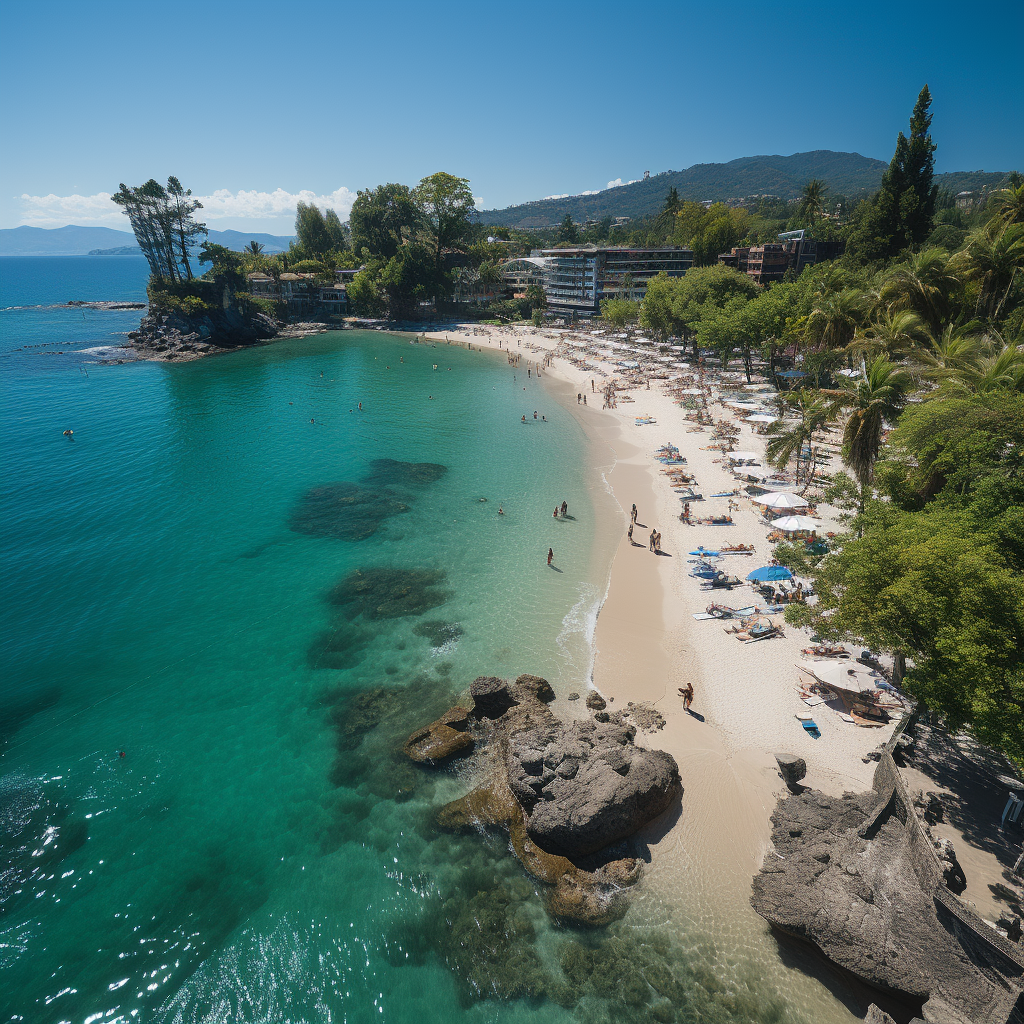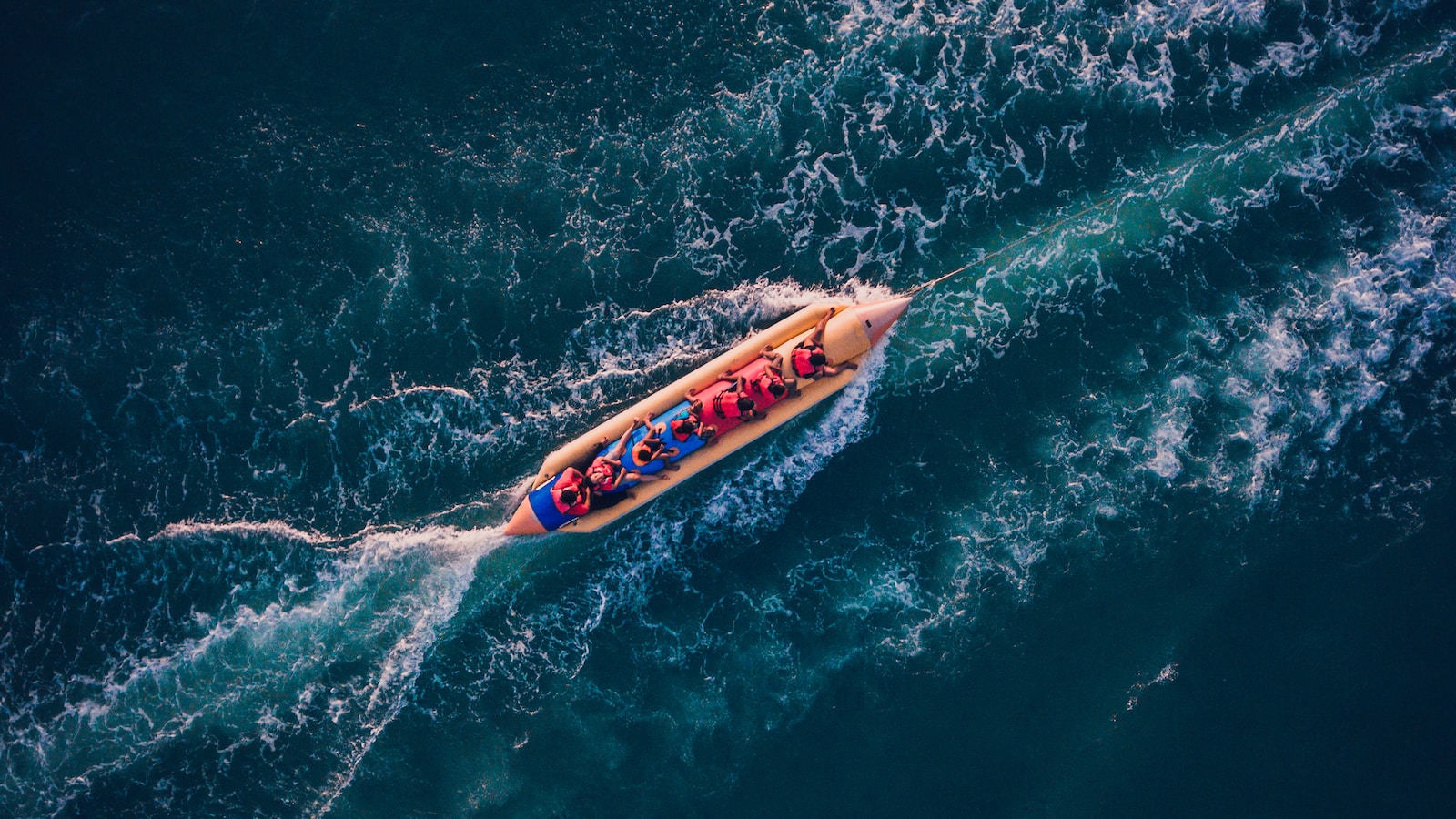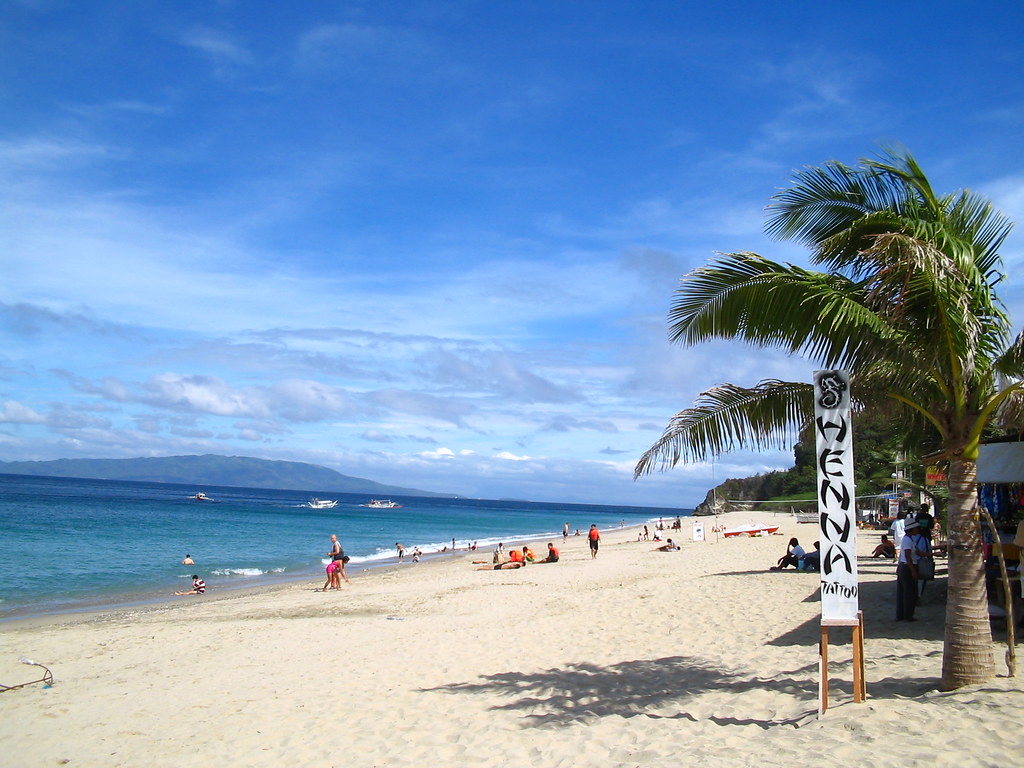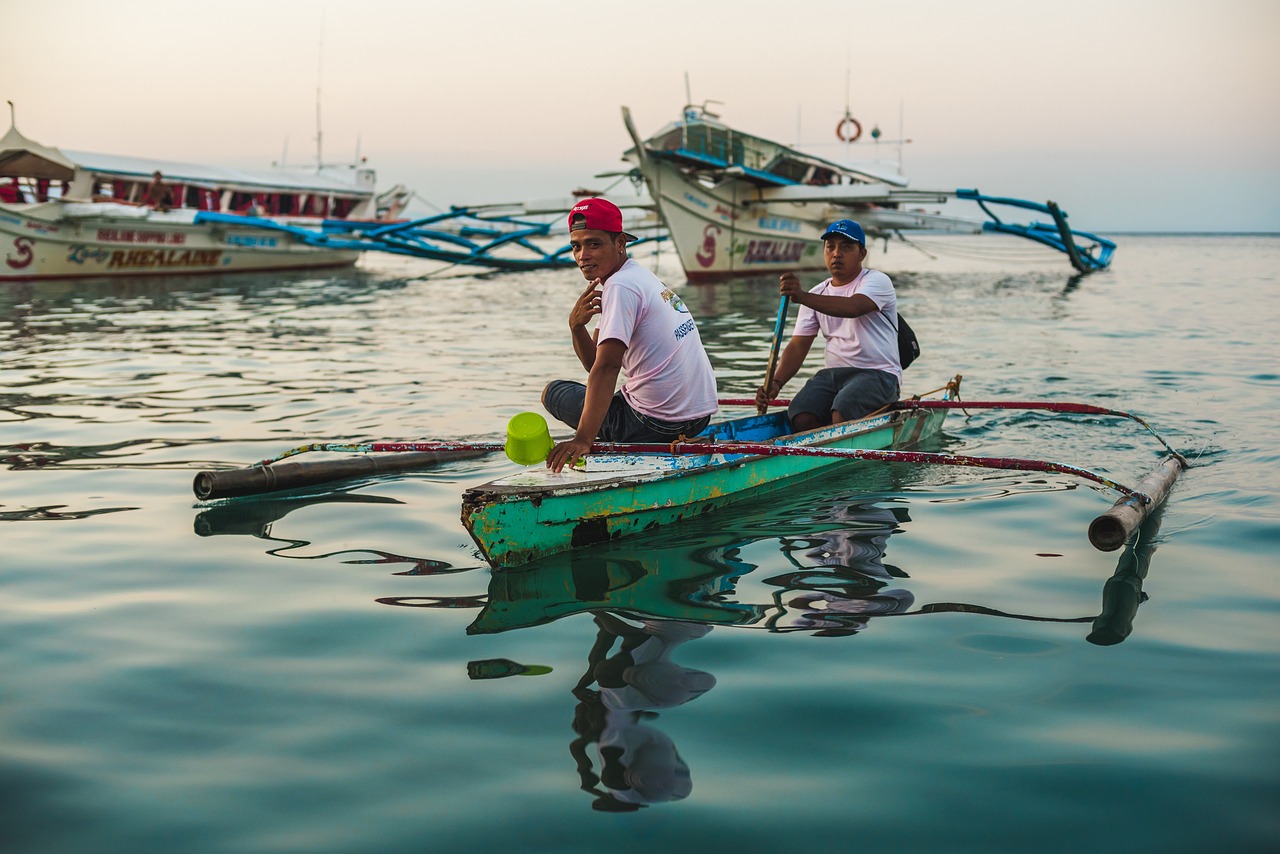The Mangyan Tribe is an indigenous group of people that reside in the island of Mindoro in the Philippines. They have a rich culture and history that dates back to pre-colonial times. Despite being one of the oldest tribes in the Philippines, they remain one of the most marginalized and impoverished.
The Mangyan Tribe is composed of eight sub-tribes, each with their own unique language and culture. These sub-tribes are the Iraya, Alangan, Tadyawan, Tau-buid, Bangon, Buhid, Hanunuo, and Ratagnon. Although they share some cultural similarities, each sub-tribe has distinct customs and traditions that make them unique.
Despite the challenges they face, the Mangyan Tribe continues to preserve their culture and way of life. They have a rich tradition of oral literature, music, and art, and their agricultural practices are sustainable and environmentally friendly. The Mangyan Tribe is a testament to the resilience and strength of indigenous peoples in the face of adversity.
Key Takeaways
- The Mangyan Tribe is an indigenous group of people in Mindoro, Philippines.
- The tribe is composed of eight sub-tribes, each with their own unique language and culture.
- Despite facing challenges, the Mangyan Tribe continues to preserve their culture and way of life.
Overview of Mangyan Tribe
The Mangyan Tribe is an indigenous community that inhabits the island of Mindoro in the Philippines. They are one of the eight indigenous groups recognized by the Philippine government. The Mangyan people are divided into eight sub-groups: the Iraya, Alangan, Tadyawan, Tau-buid, Bangon, Buhid, Hanunoo, and Ratagnon. Each sub-group has its own distinct language, culture, and traditions.
The Mangyan Tribe is known for their unique way of life, which revolves around subsistence farming, hunting, and gathering. They practice a form of shifting cultivation, where they clear a small plot of land and cultivate it for a few years before moving on to another area. This allows the soil to regenerate and ensures that they have a sustainable source of food.
Despite their rich cultural heritage, the Mangyan Tribe faces many challenges, including poverty, lack of access to education and healthcare, and encroachment on their ancestral lands. Many Mangyan people have been forced to leave their traditional way of life and migrate to urban areas in search of work.
Efforts have been made to preserve the Mangyan culture and way of life. Non-governmental organizations and government agencies have implemented programs to promote sustainable development and protect the rights of indigenous peoples. However, much work still needs to be done to ensure that the Mangyan Tribe and other indigenous groups in the Philippines are able to thrive and preserve their unique cultural heritage for future generations.
Geographical Distribution
The Mangyan tribe is an indigenous group of people living in the Philippines, primarily on the island of Mindoro. Mindoro is the seventh-largest island in the Philippines, divided into two provinces: Oriental Mindoro and Occidental Mindoro. The Mangyan tribe is further divided into seven sub-tribes, each with its own unique language and culture.
The geographical distribution of the Mangyan tribe is mainly concentrated in the mountainous regions of Mindoro Island. The mountains of Mindoro Island are a vital aspect of the Mangyan tribe’s history and culture. The tribe has a deep spiritual connection with the mountains, which are considered sacred. The mountains also provide the tribe with a source of livelihood, as they are rich in natural resources such as timber, minerals, and agricultural land.
Aside from Mindoro Island, there are also some Mangyan communities found in other nearby islands such as Palawan and Sibuyan. However, the majority of the tribe’s population is still concentrated on Mindoro Island.
The geographical location of the Mangyan tribe has played a significant role in shaping their culture and way of life. The tribe’s isolation from the rest of the Philippines has allowed them to preserve their cultural traditions and practices. At the same time, the tribe’s location has also made them vulnerable to outside influences, such as colonization and modernization.
In recent years, the Philippine government has recognized the importance of preserving the Mangyan tribe’s cultural heritage and has implemented programs to support the tribe’s development while preserving their way of life. However, the geographical distribution of the tribe remains a challenge, as the mountainous terrain makes it difficult to provide access to basic services such as healthcare and education.
Overall, the geographical distribution of the Mangyan tribe is an essential aspect of their identity and culture. The tribe’s connection to the mountains and their isolation from the rest of the Philippines have allowed them to preserve their unique way of life and cultural traditions. However, the tribe also faces challenges in accessing basic services due to their remote location.
Sub-Tribes of Mangyan
The Mangyan tribe is composed of eight sub-tribes, each with its unique culture and language. These sub-tribes are Alangan, Bangon, Hanunoo, Iraya, Ratagnon, Tadyawan, Tau-buid, and Batangan.
The Alangan sub-tribe is the largest among the Mangyan sub-tribes, and they reside in the mountainous areas of Mindoro. They are known for their intricate weaving and basketry skills, as well as their unique musical instruments.
The Bangon sub-tribe is the smallest among the Mangyan sub-tribes, and they reside in the coastal areas of Mindoro. They are known for their fishing skills and their use of traditional medicinal plants.
The Hanunoo sub-tribe is one of the most well-known among the Mangyan sub-tribes. They reside in the central part of Mindoro and are known for their traditional script called the Hanunoo script. They are also skilled in basketry and weaving.
The Iraya sub-tribe resides in the northern part of Mindoro. They are known for their unique dance and music, as well as their intricate beadwork and embroidery.
The Ratagnon sub-tribe resides in the southern part of Mindoro. They are known for their hunting skills and their use of traditional medicinal plants.
The Tadyawan sub-tribe resides in the mountainous areas of Mindoro. They are known for their unique dance and music, as well as their intricate beadwork and embroidery.
The Tau-buid sub-tribe resides in the southwestern part of Mindoro. They are known for their unique dance and music, as well as their use of traditional medicinal plants.
The Batangan sub-tribe resides in the southeastern part of Mindoro. They are known for their intricate weaving and basketry skills, as well as their unique musical instruments.
Overall, each sub-tribe of the Mangyan tribe has its unique culture, traditions, and practices. Understanding the sub-tribes’ differences is essential in preserving the Mangyan tribe’s rich cultural heritage.
Language and Writing
The Mangyan Tribe is known for its unique language and writing system. The Mangyan language belongs to the Austronesian language family, which is the largest language family in the world. The Mangyan language is further divided into seven different dialects, including Buhid, Hanunoo, and Tagalog.
The Mangyan Tribe has a rich history of writing, and the Mangyan script is one of the oldest writing systems in the Philippines. The Mangyan script is also known as the Surat Mangyan or Hanunoo script. It is a syllabic script that is used to write the Mangyan language. The script is written from left to right, and each character represents a syllable.
The Buhid script is another writing system used by the Mangyan Tribe. It is also a syllabic script that is used to write the Buhid dialect of the Mangyan language. Like the Surat Mangyan script, the Buhid script is written from left to right.
The Mangyan script has been used for centuries to record important information, including religious texts, historical events, and personal stories. The script has also been used to record the Mangyan’s extensive vocabulary, which includes words for plants, animals, and natural phenomena.
Despite the importance of the Mangyan script, it is in danger of being lost. Many younger Mangyan people are not learning the script, and it is not being taught in schools. Efforts are being made to preserve the script, including the creation of educational materials and the establishment of cultural centers.
Culture and Traditions
The Mangyan Tribe is known for their unique and rich culture and traditions, which have been passed down from generation to generation. Their customs and practices are deeply rooted in their beliefs, and they take pride in preserving their heritage.
One of the most notable aspects of Mangyan culture is their animistic beliefs. They believe that everything has a spirit, and they pay homage to their ancestors and the spirits of nature through rituals and ceremonies. These ceremonies are often led by the elders of the tribe, who are highly respected for their wisdom and knowledge.
The Mangyan Heritage Center is an important institution that serves to preserve and promote Mangyan culture. It houses a collection of artifacts, traditional clothing, and other items that showcase the tribe’s customs and practices. Visitors can learn about the tribe’s history and way of life, and even participate in traditional activities such as weaving and basket-making.
The tribe’s traditions also include unique practices such as the “pamalaye,” a ritual performed by young boys to mark their transition to manhood, and the “pagdiwata,” a ceremony to ask for blessings from the spirits.
Despite the influence of modernization, the Mangyan Tribe remains committed to preserving their culture and traditions. They continue to pass on their knowledge and practices to younger generations, ensuring that their heritage will endure for years to come.
Art and Craft
The Mangyan Tribe is known for their artistic and craft skills that have been passed down from generation to generation. The tribe’s art and craft practices are deeply rooted in their culture and history. Mangyan women are known for their weaving and basketry skills, which they use to make textiles and baskets for everyday use.
The tribe uses natural materials such as bamboo, rattan, and nito vines to create their crafts. They also incorporate beads, gongs, plates, and pottery into their art and craft practices. The pottery they make is used for cooking and storing food.
Mangyan women use intricate weaving techniques to create beautiful textiles that are used for clothing, accessories, and household items. The textiles are made using a backstrap loom, and the designs are inspired by nature, animals, and geometric shapes.
Basketry is another craft that the Mangyan Tribe is known for. They create baskets of different shapes and sizes using bamboo and rattan. The baskets are used for storage, carrying goods, and as decorations.
In conclusion, the Mangyan Tribe’s art and craft practices are a testament to their creativity and resourcefulness. Their skills in weaving, basketry, and pottery have been honed over generations, and their use of natural materials showcases their connection to their environment.
Agriculture and Hunting
The Mangyan Tribe practices a combination of subsistence farming and hunting to sustain their daily needs. They rely heavily on the forest for their livelihoods, using it as a source of food and raw materials for their crafts and housing.
One of the primary farming techniques used by the Mangyan Tribe is swidden agriculture, also known as slash-and-burn farming. This method involves cutting down and burning a patch of forest to clear the land for farming. The ash from the burned trees provides nutrients for the soil, which is then used to grow crops such as sweet potatoes, taro, and other root crops.
In addition to farming, the Mangyan Tribe also relies on hunting for their food supply. They hunt for wild pigs and other animals in the forest, using traditional hunting methods such as traps and snares. Hunting is an important part of their culture and way of life, and it provides a valuable source of protein to supplement their diet.
While the Mangyan Tribe relies heavily on the forest for their livelihoods, they also practice sustainable farming and hunting methods to ensure the preservation of their natural resources. They rotate their farming plots to allow the soil to rest and regenerate, and they only hunt for what they need to avoid overhunting and depletion of their wildlife populations.
Overall, the combination of swidden agriculture and hunting is a crucial part of the Mangyan Tribe’s way of life, providing them with the resources they need to survive in their remote and rugged environment.
Historical Context
The Mangyan Tribe has a rich and complex history that spans several centuries. The arrival of Spanish colonizers in the Philippines in the 16th century had a significant impact on the Mangyan people, as it did on many other indigenous groups in the country. The Spanish authorities viewed the Mangyans as “non-Christian” and attempted to convert them to Catholicism through the efforts of missionaries.
Despite these efforts, the Mangyans largely retained their traditional beliefs and practices, which were deeply rooted in their cultural identity. Over time, the Mangyans developed a reputation as skilled traders, and they established relationships with lowlanders and other indigenous groups in the region.
In the 19th century, Chinese settlers arrived in Mindoro and began to trade with the Mangyans. This interaction had a profound impact on the tribe’s economy and way of life. The Chinese introduced new crops and agricultural techniques, which allowed the Mangyans to expand their agricultural production and increase their wealth.
In the early 20th century, the Moro and Negrito tribes also began to interact with the Mangyans, leading to further cultural exchange and the development of new social and economic relationships. The Tao and Cuyo also had an impact on the Mangyan people, as they established trading relationships with the tribe.
Despite these interactions, the Mangyans remained largely isolated from mainstream Philippine society until the mid-20th century. Today, the Mangyans continue to face challenges related to economic development, cultural preservation, and land rights. However, they remain a resilient and proud people who are deeply connected to their cultural heritage.
Clothing and Attire
The Mangyan tribe has a rich cultural heritage, and their traditional attire is an essential part of their identity. The tribe’s clothing is made of natural materials such as tree bark, cloth, and rattan. The women usually wear a blouse and a skirt, while the men wear a g-string made of cloth. The attire is simple, practical, and comfortable, reflecting their lifestyle and environment.
The Mangyan tribe’s traditional attire is unique and reflects their culture and environment. The clothes are made by hand, and the designs are passed down from generation to generation. The tribe’s attire is symbolic, and each piece of clothing has a specific meaning. For example, the g-string worn by men represents their courage and bravery.
The Mangyan tribe’s clothing is also a reflection of their social status. The more elaborate and intricate the clothing, the higher the social status of the wearer. The tribe’s attire is also used during special occasions such as weddings, funerals, and other ceremonies.
In recent years, the Mangyan tribe’s traditional attire has been replaced by modern clothing. However, efforts are being made to preserve their cultural heritage, and many Mangyan people still wear their traditional attire. The tribe’s clothing is not only a reflection of their culture but also a source of pride and identity.
In conclusion, the Mangyan tribe’s clothing and attire are an essential part of their cultural heritage. The attire is simple, practical, and comfortable, reflecting their lifestyle and environment. The clothing is also symbolic and reflects the wearer’s social status. While modern clothing has replaced traditional attire in recent years, efforts are being made to preserve their cultural heritage.
Literature and Poetry
The Mangyan Tribe is known for their rich literary heritage, particularly their poetry. One form of poetry that is unique to the Mangyan is the ambahan, a type of chanted poetry that is often used to express emotions and convey messages.
The ambahan is usually composed of seven syllables per line and is passed down from generation to generation through oral tradition. It is often written on bamboo using the Surat Mangyan script, a writing system developed by the Mangyan themselves.
Aside from the ambahan, the Mangyan also have other forms of poetry such as fables, songs, and poems that are used to teach moral lessons and preserve their cultural heritage. These literary works are often performed during important ceremonies and events, and are considered an integral part of the Mangyan way of life.
The Mangyan’s literary and poetic traditions are not only significant in preserving their culture, but also in showcasing their creative and artistic talents. Through their poetry, the Mangyan are able to express their thoughts, emotions, and experiences, and share them with the world.
Trade and Commerce
The Mangyan Tribe has a rich history of trade and commerce with other tribes in the Philippines. During the pre-Spanish period, the Mangyans were known for their involvement in the barter system, where they exchanged their products with other tribes for goods they needed. They traded goods such as rice, abaca, beeswax, and forest products in exchange for pottery, weapons, and other necessities.
The Mangyans were also known for their involvement in the slave trade during the 300-400s, where they were often raided by Muslim pirates. This trade in slaves continued until the Spanish colonization, which abolished the practice.
More recently, commercial loggers have devastated most of Mindoro’s extensive forest reserves, which has affected the Mangyan’s ability to trade forest products. However, the Mangyans still engage in trade with lowlanders and other tribes in the region. They sell products such as rattan, bamboo, and handicrafts in local markets.
Despite their involvement in trade, the Mangyans have maintained their traditional way of life and their unique cultural identity. They have resisted the influence of modernization and have preserved their customs and beliefs. They have also maintained their autonomy and have been able to negotiate with the government to protect their ancestral lands.
In conclusion, the Mangyan Tribe has a rich history of trade and commerce, which has helped them acquire the goods they need to survive. Despite the challenges they face, they continue to engage in trade and have maintained their traditional way of life.
Current Status and Progress
The Mangyan Tribe has made significant progress in recent years, particularly in the areas of education and healthcare. The government has established research centers and libraries to monitor and support the progress of the tribe. The Mangyan Heritage Center is one such center that has been established to promote the preservation of the Mangyan culture.
Technological advances have also contributed to the progress of the Mangyan Tribe. The use of mobile phones and the internet has enabled the tribe to connect with the outside world and has provided them with access to information that was previously unavailable to them. This has helped to bridge the gap between the Mangyan Tribe and the rest of the world.
Despite the progress that has been made, there is still much work to be done. The Mangyan Tribe continues to face challenges such as poverty, lack of access to basic healthcare, and limited educational opportunities. However, the government and various organizations are working together to address these issues and ensure that the Mangyan Tribe continues to make progress.
In conclusion, the Mangyan Tribe has made significant progress in recent years, but there is still much work to be done. The government and various organizations are committed to supporting the tribe and ensuring that they have access to the resources they need to continue to make progress.


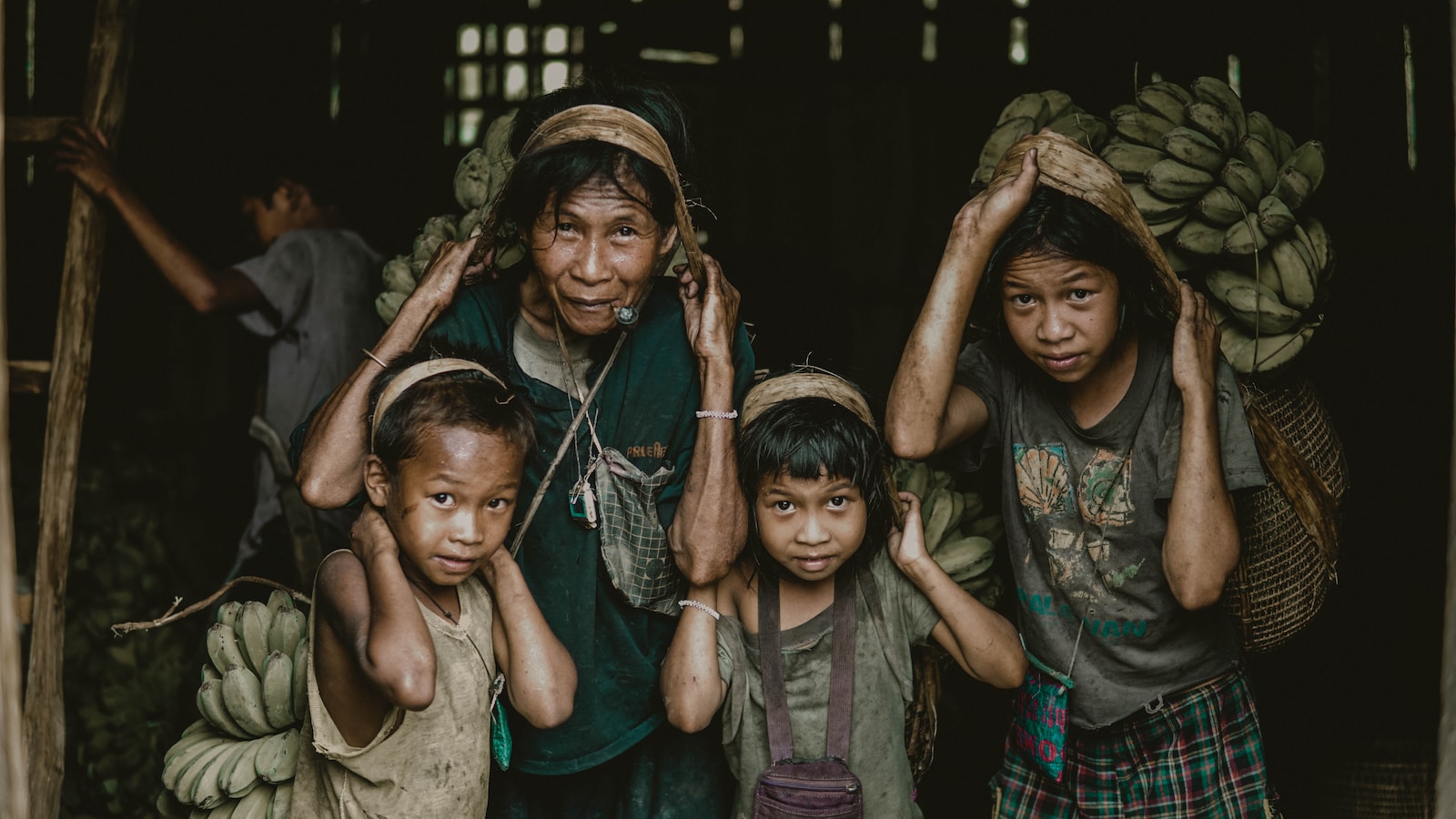

![Isora Resort [Review]](https://www.puertogalera.ph/wp-content/uploads/2023/07/d7m5xramf8g.jpg)
